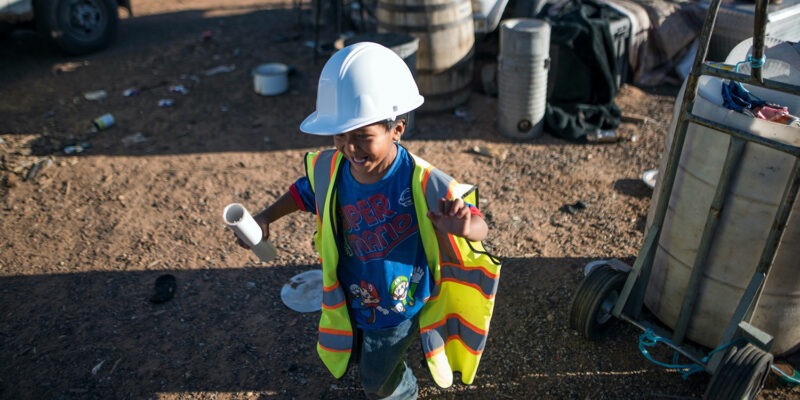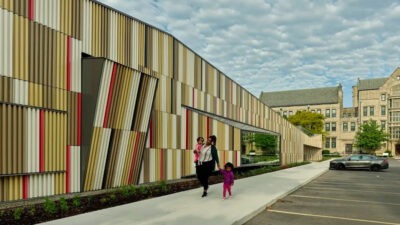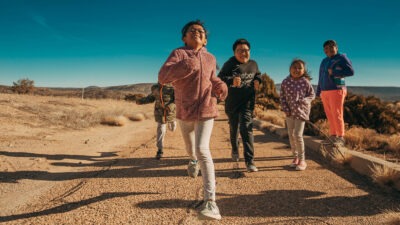More than 46 million people in the U.S. live with water insecurity—either no running water or water that may be unsafe to drink. We may think water crises are confined to the major cities that make headlines, like Flint, Michigan, Jackson, Mississippi, or Scottsdale, Arizona, but in reality, almost every state in the nation has residents without access to safe drinking water. Within that 46 million with water insecurity, 2.2 million people are without running water inside their homes: no sinks, bathtubs, or toilets. Another 43 million Americans who rely on well water and 40 million in the Southwest who rely on the Lake Mead reservoir are facing a similar crisis: record droughts, brought on by climate change, reducing well and reservoir resources.
Water accessibility nonprofit DigDeep calls the water gap a “crisis,” with an economic impact in the billions and thousands of dollars each year for families. In its 2022 report, “Draining: The Economic Impact of America’s Hidden Water Crisis,” DigDeep identifies the unseen price of the water gap: health care costs, time spent picking up bottled water, waterborne illnesses, lost work hours, and even hundreds of deaths per year. This is particularly true on the Navajo Nation in New Mexico, where CBS Good Morning America reports nearly a third of the population lacks access to running water.
Shana Yazzie, who lives on the Navajo Nation in Arizona, hasn’t had indoor plumbing or running water for most of her life. Growing up in the 1990s, her home also had no electricity. She’s spent a lifetime hauling water, which requires “a lot of physical labor.” She told Carrie Shane of Fast Company: “It requires logistics and planning to figure out when you’re going to get water, how you’re going to get water and where you’re going to get water.”
When we think about water access, we often think about the water that comes into our homes – our sinks, showers, and washing machines. But just as important for health and sanitation is the water that leaves our homes – wastewater. For those living without sewer hookups, the simple act of a bathroom break becomes an expensive and even dangerous prospect. Speaking to the Independent in 2022, Navajo Nation resident Tina Becenti described the costs of renting a portable toilet: $100 a month, plus a cold walk in the winter and snakes in the summer.
Through the Navajo Water Project, DigDeep creates off-grid water systems like water delivery trucks to connect remote households and communities. At-home water tanks, holding up to 1,200 gallons, provide residents with clean water directly at home, with easy exterior access valve for delivery trucks to refill. Getting running water – especially a working toilet – immediately transforms lives by promoting hygiene, providing convenience, preserving privacy, and boosting productivity by reducing the travel and waiting time associated with portable or public restrooms.
By closing the water and wastewater access gap, George McGraw, founder of DigDeep, says the U.S. can generate more than $200 billion in economic value in the next 50 years.
“We can have such a massive impact on inequality and injustice and racial divide,” he told Fast Company. “Water is where it all starts.”








Comments